Get full access with a free account
Benefits of the Coloplast® Professional Educational platform
![]() Full access to educational content, events and resources
Full access to educational content, events and resources
![]() Track your progress
Track your progress
![]() Share content with your colleagues
Share content with your colleagues
![]() Share supporting material with your patient
Share supporting material with your patient
Wound aetiology
We want patients with non-healing wounds to be free of pain and discomfort. And we want to make life easier for the people who care for them.
This section provides an overview of different wound types and how to identify them, as well as treatment pathways and management techniques to help your patients overcome any challenges they may currently face.
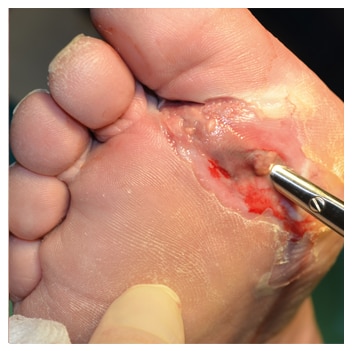
Diabetic foot ulcers
A diabetic foot ulcer, also known as diabetic foot disease, is a localised injury to the skin and/or underlying tissue, typically found below the ankle, in a person with diabetes.
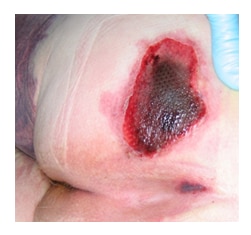
Pressure ulcers
A pressure ulcer is localised damage to the skin and the underlying soft tissue.
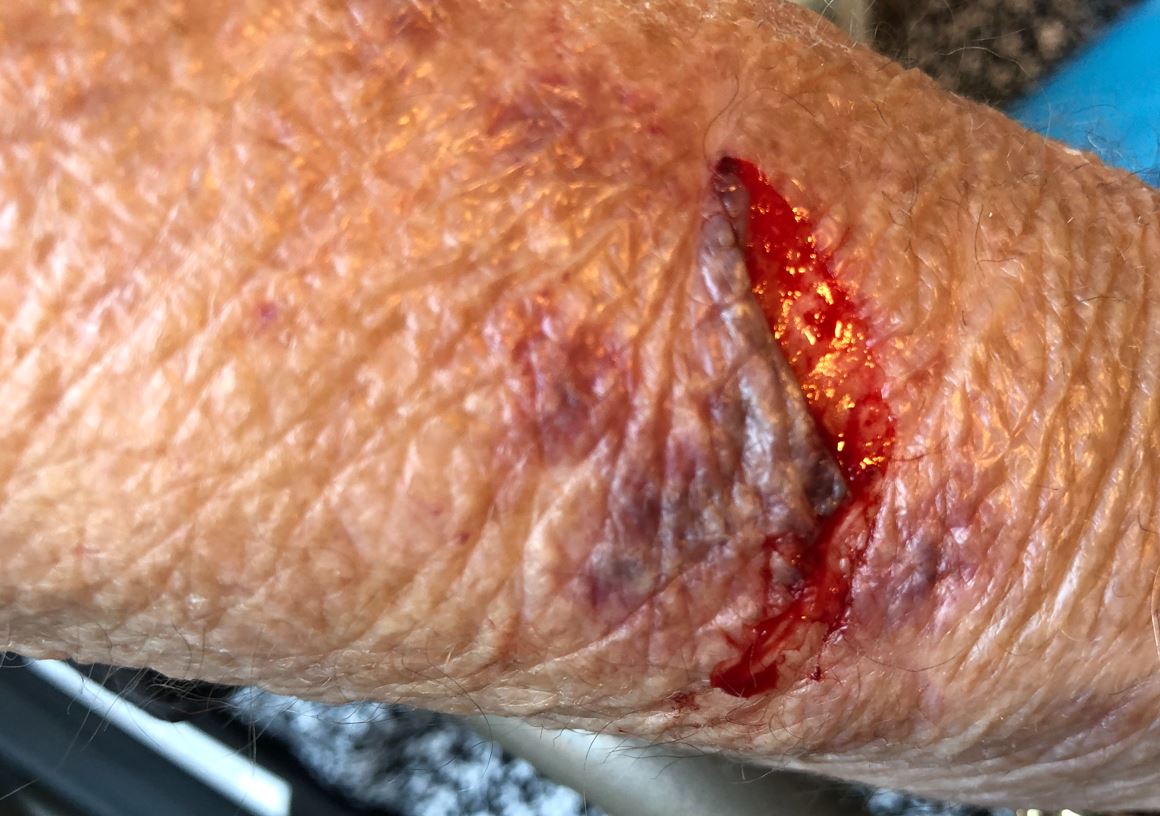
Skin tears
Skin tears are often an un-diagnosed problem and prevalence as high as 41.5% have been reported in elderly care residents.
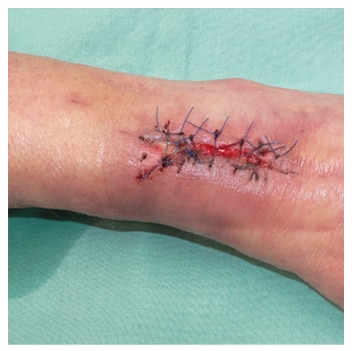
Acute wounds
An acute wound is a sudden injury to the skin. Acute wounds can happen anywhere on the body. They range in depth from superficial scratches to deep, penetrating wounds.![]()
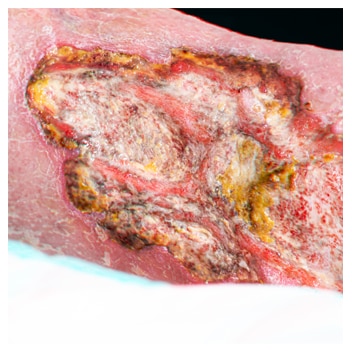
Leg ulcers
A venous leg ulcer (VLU) is an open skin wound, or lesion, and that shows little progress towards healing within 4-6 weeks of when it occurred.
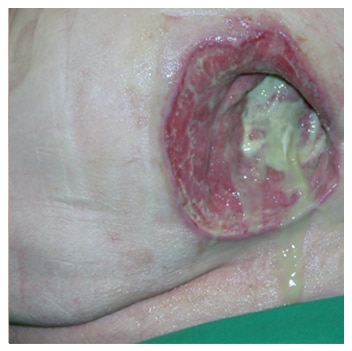
Wound infection
A wound is considered infected when microorganisms that damage local tissue and delay wound healing are present.
What is a chronic wound?
Chronic wounds are defined as wounds that have not healed in 30-days despite best practice intervention or are not expected to heal within 4 – 6 weeks, regardless of their aetiology.
While acute wounds are not the focus of these recommendations, always keep in mind that acute wounds can turn into chronic wounds if proper wound treatment is not followed.
Chronic wound care should focus on providing an optimal healing environment and managing the gap between the wound bed and the dressing, to prevent complications that could increase healing time and lead to loss of limb or death.
The goal of chronic wound care is to heal the wound and achieve fewer days with wounds
The goal for chronic wounds, regardless of diagnosis or cause, should always be to heal the wound. In the case of non-healable wounds (i.e. inadequate vasculature) or palliative wounds, the treatment pathway recommendations still apply
